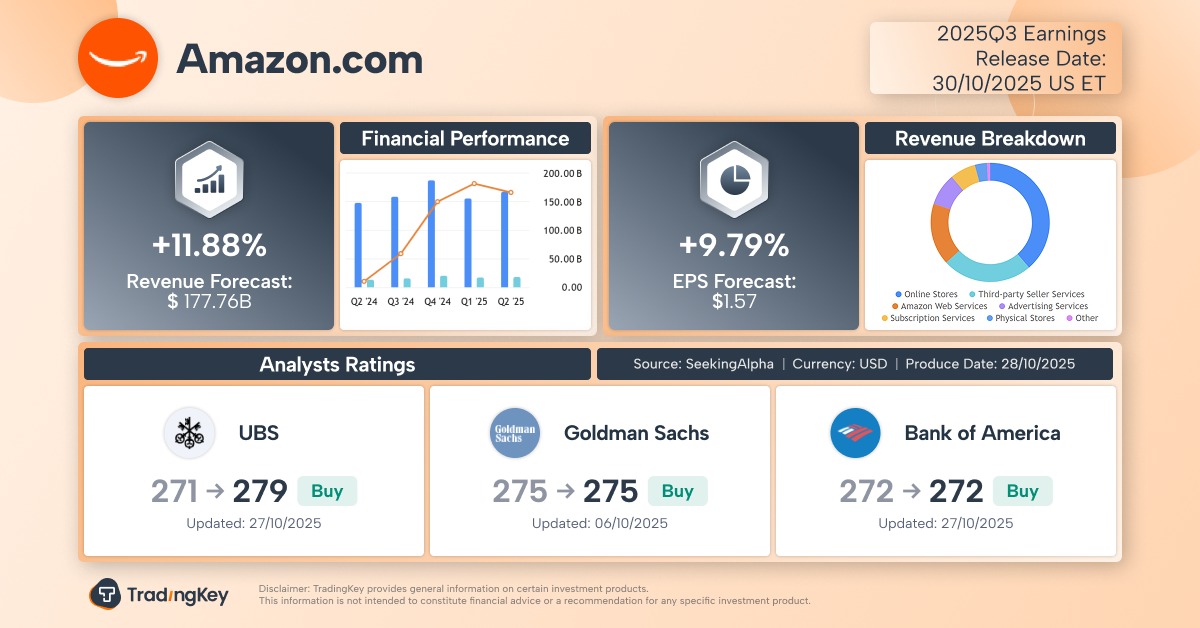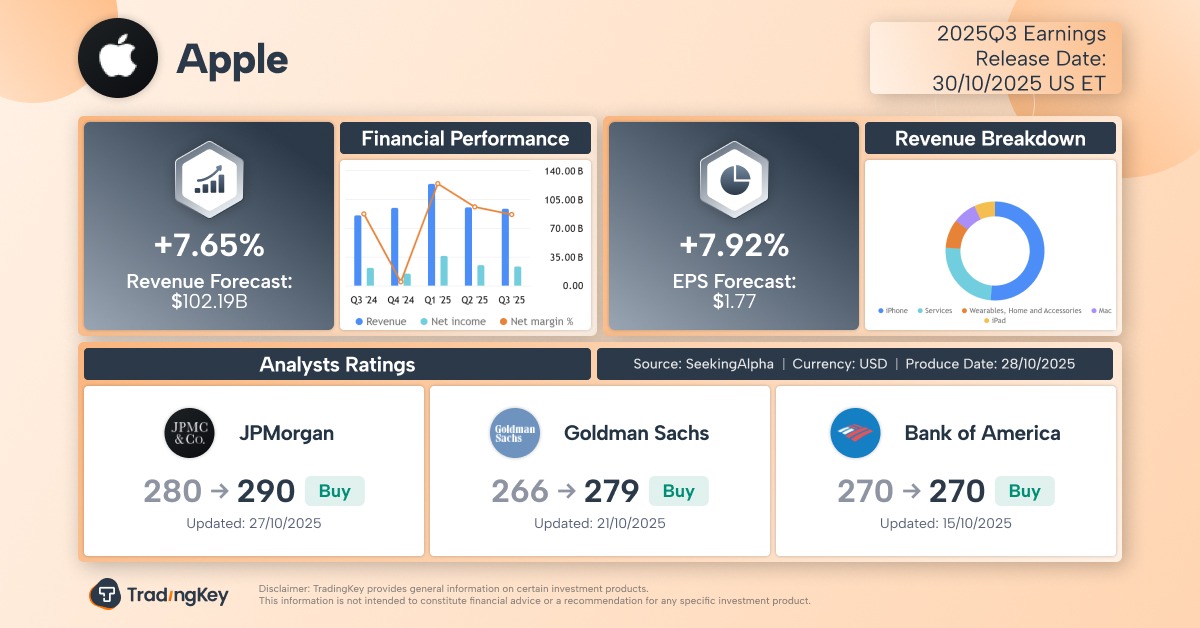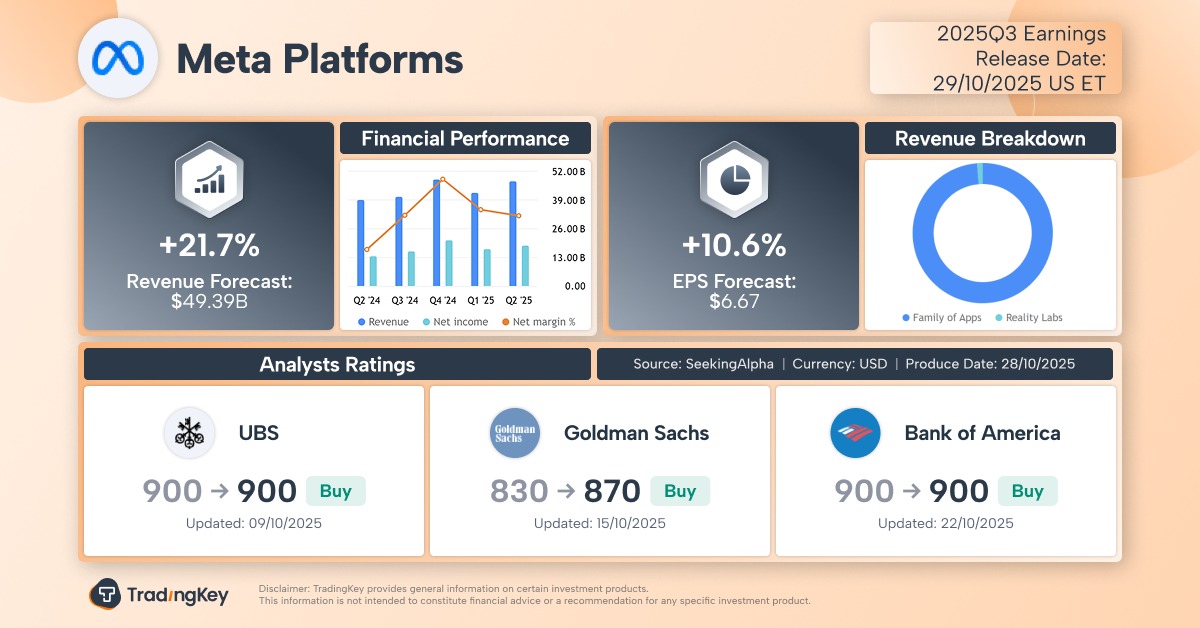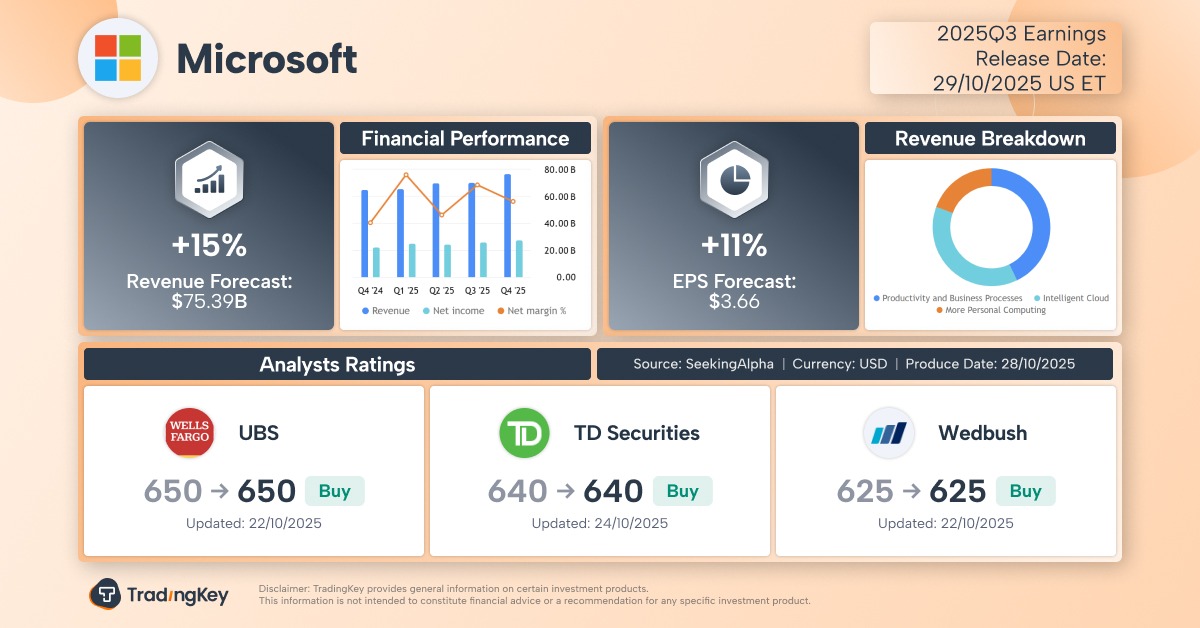Trump-Xi Summit Concludes: 4 Out of 5 Major Issues Resolved, Trump Calls It a ‘12 Out of 10’ Success

TradingKey - The most anticipated part of President Donald Trump’s Asia trip — his meeting with Chinese President Xi Jinping — concluded after 1 hour and 40 minutes, marking the first in-person summit between U.S. and Chinese leaders in six years, aimed at easing trade tensions and fostering cooperation.
Ahead of the summit, TradingKey highlighted that global attention centered on five key issues: tariff reductions, rare earth export controls, soybeans, fentanyl, and TikTok’s “final deal.”
From the outcomes of the meeting held on the morning of October 30 in Busan, South Korea, four out of the five items reached consensus — with only TikTok lacking detailed resolution.
After the talks, Trump said aboard Air Force One that they agreed on almost everything. He gave the summit a “12 out of 10” — exceeding the perfect score.
Trump also revealed that he will visit China in April next year, and President Xi is expected to reciprocate with a visit to the United States.
Fentanyl and Tariff Breakthroughs
Even before the summit, U.S. Treasury Secretary Scott Bessent had signaled that the U.S. would not impose an additional 100% tariff on China. That threat emerged earlier in October after Trump expressed frustration over China’s tightening rare earth export rules, even suggesting he might cancel the Xi meeting.
Bessent noted that the condition for lifting the 100% tariff was China easing its rare earth export restrictions — which it did, making the punitive measure irrelevant by summit time.
Trump announced that the U.S. will reduce tariffs on Chinese goods from 57% to 47%, in exchange for China resuming purchases of American soybeans and keeping trade flows open.
According to China’s Ministry of Commerce:
- The U.S. will remove the 10% so-called “fentanyl tariff”
- The 24% retaliatory tariff on Chinese goods will remain suspended for another year
- Both sides will extend existing tariff exclusions for certain products
Capital Economics commented that:
“The reversal of some US tariffs on China won’t have a big impact given that Chinese exporters had largely shrugged them off. But the de-escalation takes the immediate threat of large tariff hikes off the table.”
Bloomberg reported that reducing the fentanyl-related tariff from 20% to 10% is a “major win” for China, improving export competitiveness compared to rivals with lower duties. Meanwhile, Trump confirmed he will not proceed with the threatened 100% tariffs starting next month.
CNN stated on October 29:
“Whatever the outcome, the Xi-Trump meeting is a win for China.”
Beijing entered the talks well-prepared, and every move signaled to Trump that China today is not the same as eight years ago — more composed, and with less strategic dependence on the U.S.
Rare Earth Controls Eased, Soybean Purchases Resume
China’s Ministry of Commerce confirmed that both nations agreed to:
- Suspend new rare earth export controls
- Strengthen cooperation on fentanyl drug control
- Expand agricultural trade
- Address individual corporate cases
Specifically, China will pause its latest rare earth export restrictions. The U.S. will refrain from extending recently announced technology export controls to subsidiaries of Chinese firms — both pauses lasting one year.
Trump said that China will immediately begin buying large quantities of soybeans and other agricultural products.
Sun Chenghao, researcher at Tsinghua University’s Center for International Security and Strategy, said that this summit marks a shift toward a more constructive phase in Sino-U.S. relations.
But long-term, he warned:
“The future bilateral relationship will likely be characterized by a complex state of managing disputes while negotiating, given that more deep-seated structure issues remain unsolved.”
TikTok Deal Still in Progress
China’s Ministry of Commerce stated that both sides remain committed to resolving the TikTok issue, but provided no specifics.
Under Trump’s previous proposal, TikTok’s U.S. operations would transform into a new entity primarily owned by American investors, with parent company ByteDance holding less than 20%.







